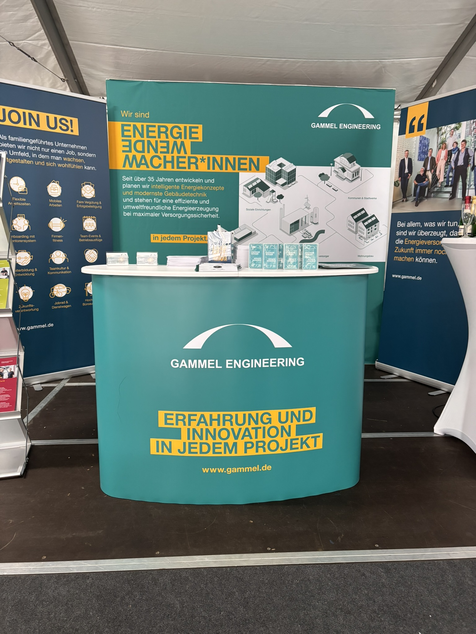One year of the Tenant Electricity Act: bureaucratic energy bubble - just one example of how "little ones" are kept away from the future energy feeding trough
However, after a good year, people are no longer rejoicing. A number of associations, from tenants' associations to consumer protection organizations, have written directly to the Federal Energy Minister Peter Altmaier (CDU) and demanded improvements, according to Handelsblatt. Because what some insiders criticized from the outset and what was ignored by the then SPD-led Ministry of Economic Affairs and Energy has proven to be true: The Tenant Electricity Act is a bureaucratic energy bubble.
A few examples: If green electricity is sold to tenants, homeowners often even have to pay the full EEG levy - unlike if they were to consume the energy themselves. The so-called "tenant electricity surcharge" only compensates for half of this at most. And the technical requirements are also riddled with bureaucratic hurdles. Not to mention the costs involved.
The government had fully expected 500 megawatts (MW) of new systems for tenant electricity production - less than one percent of which have been realized. And if, after more than a year, only 125 such electricity supply systems for tenants have actually been implemented - out of several million buildings in which such direct supply would be possible - no minister or ex-minister dares to sell this as a success. The corresponding press conference would be a PR disaster.
But the tenant electricity flop is just one example. In other areas, too, massive efforts have been made to keep the little ones away from the feeding trough! All energy-saving and environmental relief measures with sector coupling between electricity, heat and transport are still being thwarted by the political framework conditions. We would rather give away waste heat in Germany than have the government set up a "heat EEG". With plants like those used in Sweden, for example, the high-quality energy source electricity could be generated completely emission-free from waste heat from a good 100 degrees Celsius. And even the 35-degree low-temperature heat from the plant could sometimes be used by appropriate consumers.
In the same way, many other, in our view, essential components of a genuine energy transition are being slowed down. Just look at electricity storage, combined heat and power (CHP) in industrial companies, flexible electricity prices for every customer and so on. A small ray of hope: The EU Commission has allowed the reduced EEG levy to remain in place for self-generated electricity from CHP plants. But does this also apply to plants built this year? Completely unclear, says the German CHP Association. And how will the EEG levy for CHP be handled from 1.1.2019? Also unclear.
The only certainty so far is that Christmas Eve is on 24 December. But will the government have put together a green energy package for the future by then? That is hardly to be expected.
(Author: Zukunftsenergie-Team Gammel)



